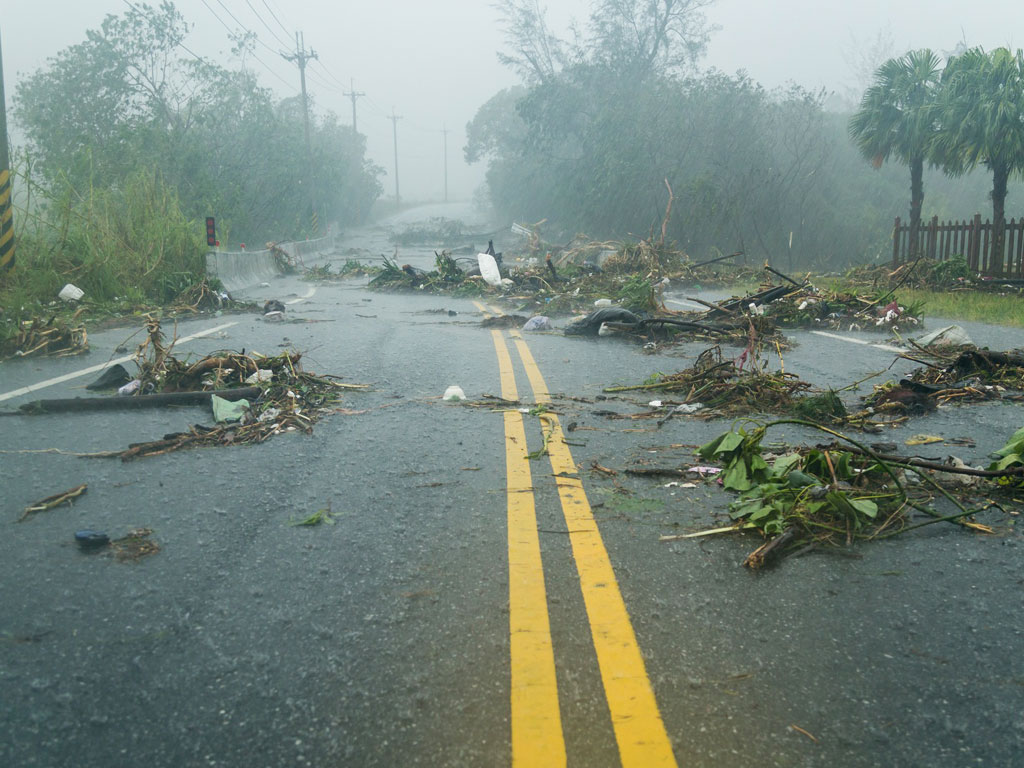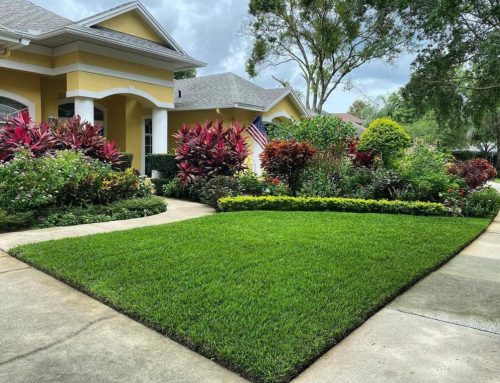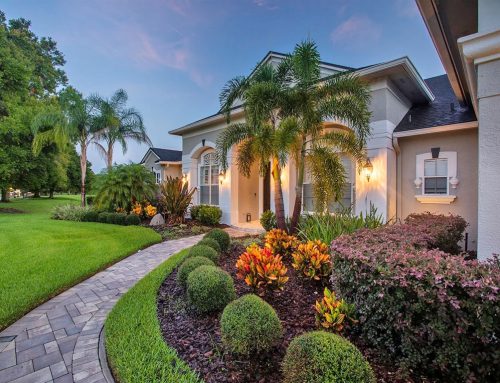Hurricane season can be a time of great uncertainty for homeowners, especially in coastal regions like Florida, Texas, and the Caribbean. With strong winds, heavy rains, and potential flooding, it’s crucial to protect not only the interior of your home but also the exterior: your landscape. A well-prepared yard not only minimizes property damage but can also save lives by preventing trees or loose objects from becoming projectiles. In this article, we’ll explore practical steps and expert advice for fortifying your landscape against tropical storms and hurricanes, based on recommendations from landscaping and disaster management specialists.
Pre-Season Planning
Ideal preparation begins months before the first storm hits. The goal is to create a resilient landscape that can withstand winds of up to 250 km/h or more in major hurricanes.
- Assess and Prune Trees and Shrubs: Inspect your yard for dead, diseased, or weak-branched trees. Remove interior branches to thin the canopy, allowing wind to pass through them with less resistance. Proper pruning not only enhances the beauty of your landscape but also reduces the risk of damage to nearby structures. For young or vulnerable trees, consider staking them to anchor their roots and prevent them from leaning or falling.
- Choose Hardy Plants: Opt for native or locally adapted species that tolerate strong winds and saltwater, especially if you live near the ocean. Plants like sabal palms, live oaks, or salt-tolerant shrubs help your yard survive coastal flooding. Avoid planting large trees near homes, power lines, or structures to minimize risks.
- Improve Drainage: Make sure your land drains well to prevent standing water that weakens roots. Install drainage systems or raise flower beds if necessary. Good drainage is key for commercial and residential properties during storm season.
- Reinforce Garden Structures: Secure pergolas, fences, and other elements with sturdy anchors. Use mulch around the bases of plants to protect roots and retain moisture, which helps with stability during high winds.
Immediate Preparations for an Approaching Storm
When a hurricane watch is issued, act quickly to protect anything you can move or secure.
- Remove Loose Items: Bring indoors pots, garden furniture, decorations, and anything lightweight that can blow away in the wind. This includes gardening tools and outdoor toys.
- Protect Plants and Trees: For potted plants, relocate them to sheltered areas or garages. If not possible, group them and cover them with heavy-duty tarps. For trees, double-check stakes and tie-downs.
- Park Vehicles Safely: Move cars to the garage or near buildings, away from trees and flood-prone areas.
- Monitor Forecasts: Stay abreast of weather updates to adjust your preparations. Remember that proactive preparation is the best defense.
After the Storm: Recovery and Lessons Learned
Once the storm has passed, assess damage and begin recovery. Remove debris carefully, wearing protective equipment. If a tree is damaged but salvageable, consult a certified arborist. Replant with more resilient species based on what you’ve learned, and consider resilient tropical landscaping for future seasons.
Conclusion
Preparing your landscape for hurricane season isn’t just a precautionary measure; it’s an investment in the safety and longevity of your property. By following these tips, you can significantly reduce risks and enjoy a beautiful yard even after the most intense storms. If you live in a high-risk area, consider consulting with landscaping professionals or local emergency services for personalized advice. Stay safe and prepared!







Leave A Comment